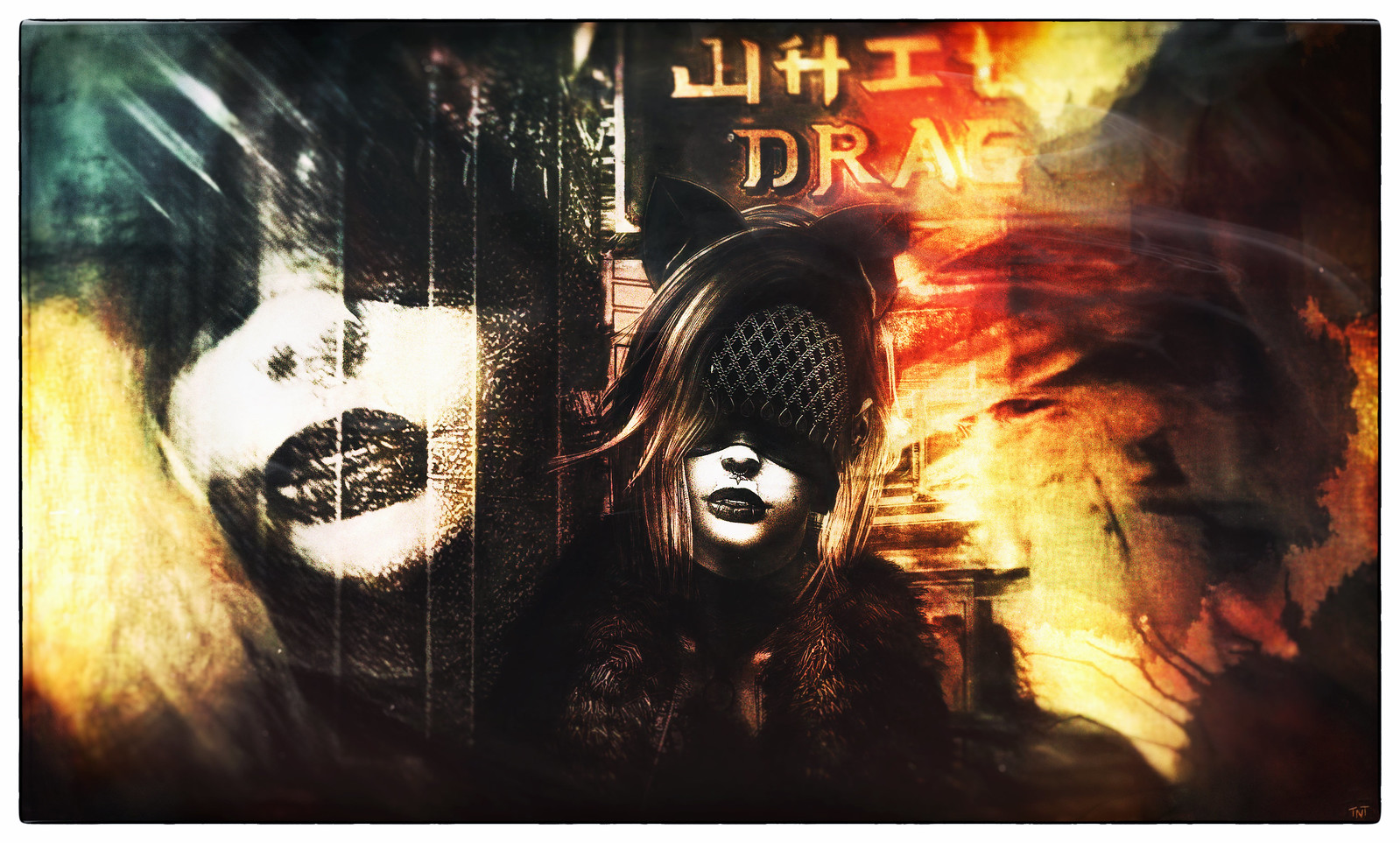
10 July 2021
Preamble: Tutsy is a well-known French Second Life machinima filmmaker, whose work we have admired over the years. Tracy took the opportunity to follow up with Tutsy in relation to one of his films that fits the theme of ‘metaverse’ for our July podcast particularly well – listen to Episode 6.2 of our podcast for the discussion of the film.
We’ve kept the interview here in both Tutsy’s native French and with an English translation.
Tracy: Tell us a bit about your background as a machinima filmmaker.
Tutsy: After training as a visual artist at “les Beaux Arts de Paris” I quickly turned to computer images and video. So I worked for various TV channels as a director, specializing in short films and special effects and also documentaries.
Apres une formation de plasticien « les Beaux Arts de Paris » je me suis tourné assez rapidement vers l’ image informatique et la video. J’ai donc travaillé pour differentes chaines de TV comme réalisateur, plutôt spécialisé dans les films courts et les effets spéciaux. Mais aussi des documentaires.
How did you first come to film in Second Life and why have you continued to use Second Life in your creative work?
I discovered Second Life in 2007. Spent the first fascinating moments in discovering this virtual world. I wanted to use it as a creative tool. It was normal from my background that I was trying to find a way to film what was going on in the Metaverse. It was necessary to invent everything to discover everything because at that time nobody was doing machinima in SL even if this technique already existed in many games.
J’ai découvert Second Life en 2007. Passé les premiers moments de fascination dans la découverte de ce monde virtuel. J’ai eu envie de m’en servir comme d’un outil de création. Il était normal vue mon background que j’essaye de trouver un moyen filmer ce qui se passait dans le Metaverse. Il fallait tout inventer tout découvrir car à cette époque personne ne faisait de machinima dans SL même si cette technique existait déjà dans plein de jeux.
I’m particularly interested in your film ‘Journey into The Metaverse’, what led you to create that film – why the ‘metaverse’, what was the significance of the ‘metaverse’ for the story you wanted to tell?
Journey into the Metaverse! Of course, the title didn’t win straight away. My initial idea was to communicate about immersive worlds, to show that there could be stories created within and above all that the border between reality and virtuality was not so tight. That through these intrusions into virtuality there could be interactions with our reality. What fascinated me precisely in this immersive experience were the changes taking place in our consciousness and our understanding of the world.
For this film, to take the conflict between an ‘alt’ and its creator seemed to me very metaphorical of this duality.

Journey into the Metaverse! Bien sur le titre ne s’est pas imposé de suite. Mon idée initiale était de communiquer sur les monde immersifs, montrer qu’il pouvait se créer des histoires à l’intérieur et surtout que la frontière entre réalité et virtualité n’était pas si étanche. Qu’à travers ces intrusions dans la virtualité il pouvait y avoir des interactions avec notre réalité. Ce qui me fascinait justement dans cette expérience immersive c’était les modifications s’opérant dans notre conscience notre apprehension du monde.
Pour ce film, prendre le conflit entre un « alt « et son créateur me semblait très métaphorique de cette dualité.
I recall you talked a bit in the past about the work as being a reflection on the Sanskrit for the word Avatar – can you tell us more about that please?
Ah yes the avatar! It is indeed funny that within very recent technology we use the word avatar to denote a certain emanation of ourselves.
As you know in Hinduism there are thousands of ‘gods’ but in reality there are 3 Gods: Shiva, Vishnu and Brahma with their companions Parvati, Lakshmi and Sarasvathi. Then each god will give a multitude of different emanations of his personality. These are the AVATARS each of these avatars has its functions and they will be invoked for a specific reason.
Ah oui l’avatar ! C’est effectivement amusant qu’a l’intérieur d’une technologie très récente on se serve du mot avatar pour designer une certaine émanation de nous même.
Comme vous le savez dans l’hindouisme il y a des milliers de « dieux » mais en fait dans la réalité il y a 3 Dieux: Shiva, Vishnu et Brahma avec leurs compagnes Parvati, Lakshmi et Sarasvathi. Ensuite chaque dieux va donner une multitudes d’emanations différentes de sa personnalité ce sont les AVATARS chacun de ces avatars a ses fonctions et ils vont être invoqués pour une raison spécifique.
What was the concept for the JITM film, and what challenges did you face in making the film in Second Life.
The advantage of machinima is that you can go ‘film’ whenever you want in such and such a place. So unlike a classic movie where once the shooting is finished there is no way to add a shot or a sequence, here you can build the story as you go through the editing.
The downside is that you are the only one to do everything, filming, editing, sound, mixing, special effects… which makes it very difficult to stand back,
[And that’s] without counting the limitations of Second life in the expressions [of characters] and the possibility of dialoguing with synchronous sounds. So you have to find the specificity of this medium and not try to act like real cinema. It’s like trying to paint in oils with watercolors. It will not work!!!
L’avantage des machinima c’est que vous pouvez aller « filmer » quand vous voulez dans telle ou telle place. Donc contrairement à un film classique ou une fois le tournage fini il n’y a pas moyen de rajouter un plan ou une séquence, ici vous pouvez construire l’histoire au fur et à mesure du montage.
L’inconvenient c’est que l’on est seul à tout faire, tournage, montage, son, mixage, effets spéciaux… Ce qui fait qu’il est très difficile d’avoir du recul.
Sans compter les limitations de Second life dans les expressions et la possibilité de dialoguer avec des sons synchrones. Donc il faut trouver la spécificité de ce medium et ne pas essayer de faire comme du vrai cinema. C’est un peu comme si avec de l’aquarelle vous essayez de faire de la peinture à l’huile. Ca ne marchera pas!!!
What films have you made since then, and how you have continued to explore metaverse concepts in your work?
I’ve done around 40 machinima since Journey into the Metaverse and won numerous awards.

In general, all these films are always an exploration of virtuality. I don’t really want to get out of this specificity for the moment with the machinimas. If I have a real story to tell, I will use real resources instead, even if it means introducing second life sequences into it. Finally reverse the process!
J’ai fais une quarantaine de machinima depuis Journey into the Metaverse et gagné de nombreux awards.
De façons générale tous ces films sont toujours une exploration de la virtualité. Je n’ai pas trop envie pour l’instant avec les machinimas de sortir de cette spécificité. Si j’ai une histoire réelle à raconter je me servirai plutôt de moyens réels quitte à introduire dedans des sequences de second life. Enfin inverser le processus !
What’s the future of machinima for you and your work? Are you working on any major projects just now that you can tell us about?
At the moment “artistic” machinimas are I think a very special niche in production. I’m not talking about the machinimas that are made by gamers. The advantage is the low cost of production. But the counterpart being a very small audience. In fact, only Second Life residents watch the machinimas. You have to know what a real-time 3D virtual world represents to appreciate it. People are used to seeing pre-computed 3D that has nothing to do with real-time with rendering in very high quality. Besides the avatars like the landscapes of SL seem really very poor even if in recent years there have been big technological advances such as the arrival of the mesh in SL.
About my project, not having a lot of time right now, I am not embarking on a major machinima project. On the other hand, I have fun with photos that are less time consuming and allow me to keep a connection with the metaverse.
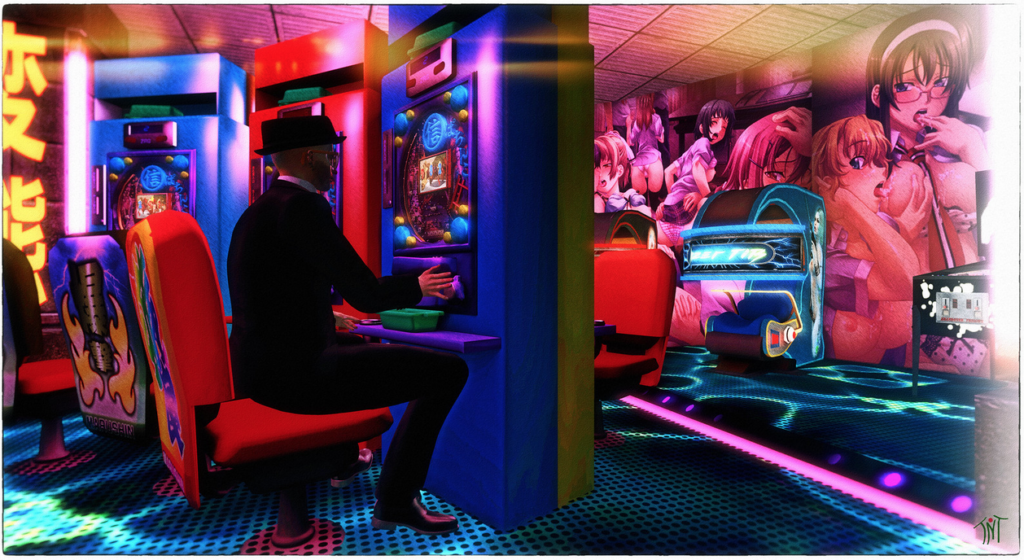
Pour l’instant les machinimas « artistiques » sont je pense une niche très particulière de la production. Je ne parle pas des machinimas qui sont fait par les gamers. L’avantage étant le faible cout de production. Mais la contre-partie étant un auditoire très restreint. En fait seul les residents de Second Life regardent les machinimas. Il faut connaitre ce que représente un monde virtuel en 3D temps réel pour apprécier. Les gens sont habitués à voir de la 3D precalculée qui n’a rien à voir avec le temps réel mais dont le rendu est de très haute qualité. A coté les avatars comme les paysages de SL semblent vraiment très pauvres même si depuis quelques années il y a eu de grosses avançées technologiques comme l’arrivée du mesh dans SL.
N’ayant pas énormément de temps actuellement je ne me lance pas dans un projet important de machinima. Par contre je m’amuse avec des photos qui sont moins chronophage et me permettent de garder un lien avec le metaverse.
Over the years, has your view of Second Life changed as a filmmaking platform, and how has that informed the development of your work?
Over the years Second Life has changed a lot particularly in the quality of avatars, environments and animations. On the other hand, it is true that we no longer have the same naive outlook on this world and that in this case discovery and magic tend to fade. Also, the disappearance of University of Western Australia, which organized machinima challenges every year, calmed things down a bit and that’s a shame.
All this to say that it seems to me that there is at the moment much less enthusiasm to produce machinimas and that creativity on the other hand has developed enormously towards the photos.
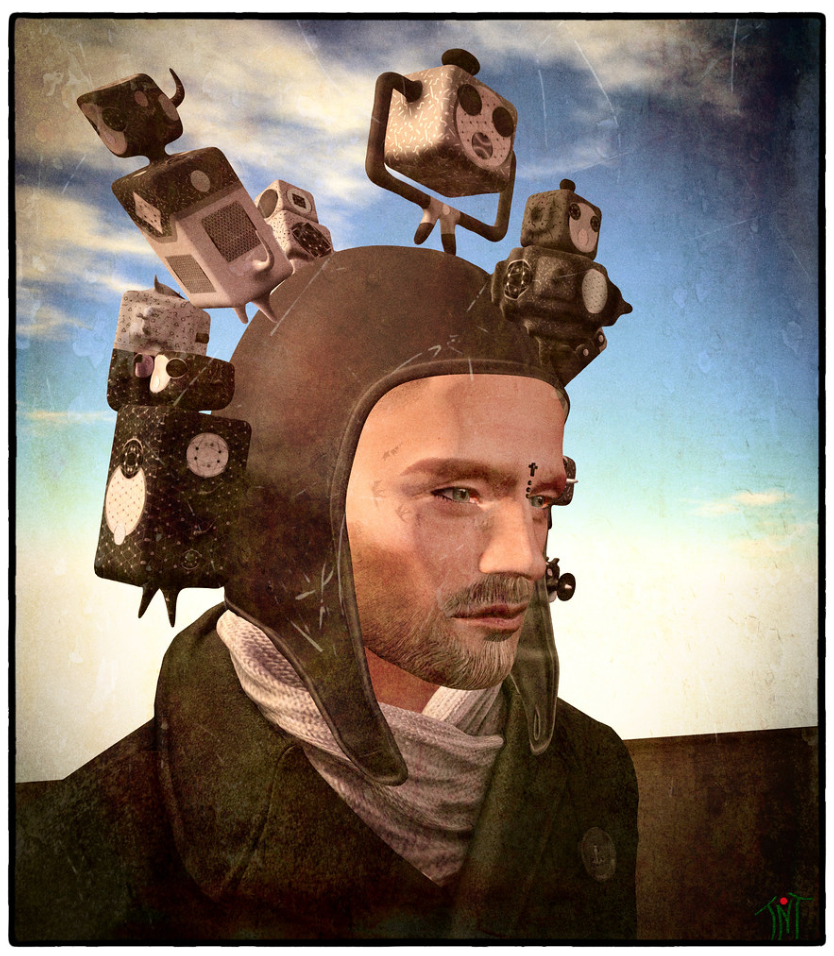
Au fil des ans Second Life a beaucoup changé particulièrement dans la qualité des avatars des environnements comme des animations. D’un autre coté c’est vrai que nous n’avons plus le même regard naif sur ce monde et que dans ce cas là découverte et la magie ont tendances à s’estomper. De plus la disparition de UWA qui organisait chaque année des challenges de machinimas à un peu calmé le jeux et c’est bien dommage.
Tout ca pour dire qu’il me semble qu’il y a en ce moment beaucoup moins d’enthousiasme pour produire des machinimas et que la créativité par contre s’est enormement developpée vers les photos.
What do you see, in general, as being some of the key issues for filmmakers working in metaverse type environments and how should they think about their creative work as a consequence of that?
I will repeat myself, but in the current state of things and given the limitations that Second life imposes, I would say that it is important to try to find the specificity of this medium in order to get the most out of it!
Je vais me répéter mais en l’etat actuel des choses et vue les limitations que Second life impose je dirait qu’il est important d’essayer de trouver la spécificité de ce medium pour en tirer le maximum!
You can find Tutsy’s YouTube channel here and his Flickr portfolio here.


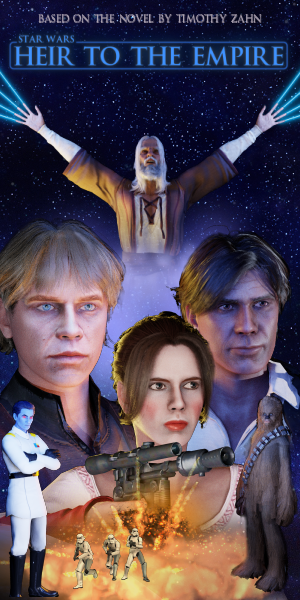
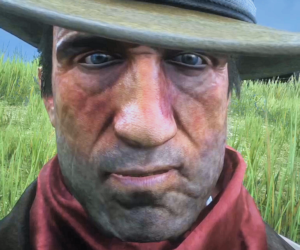
2 Comments